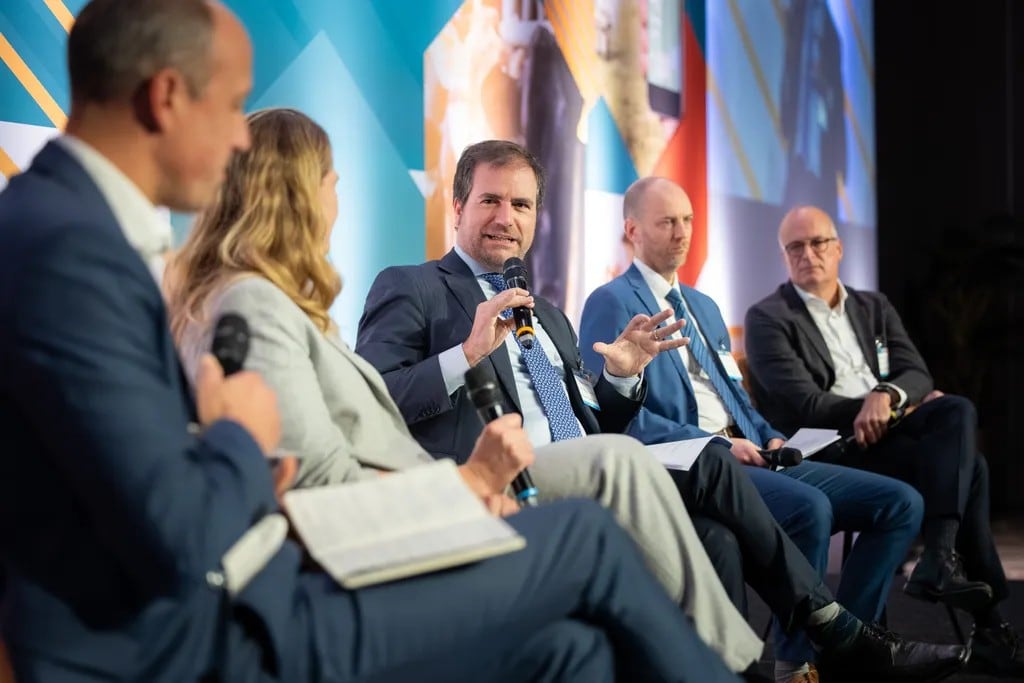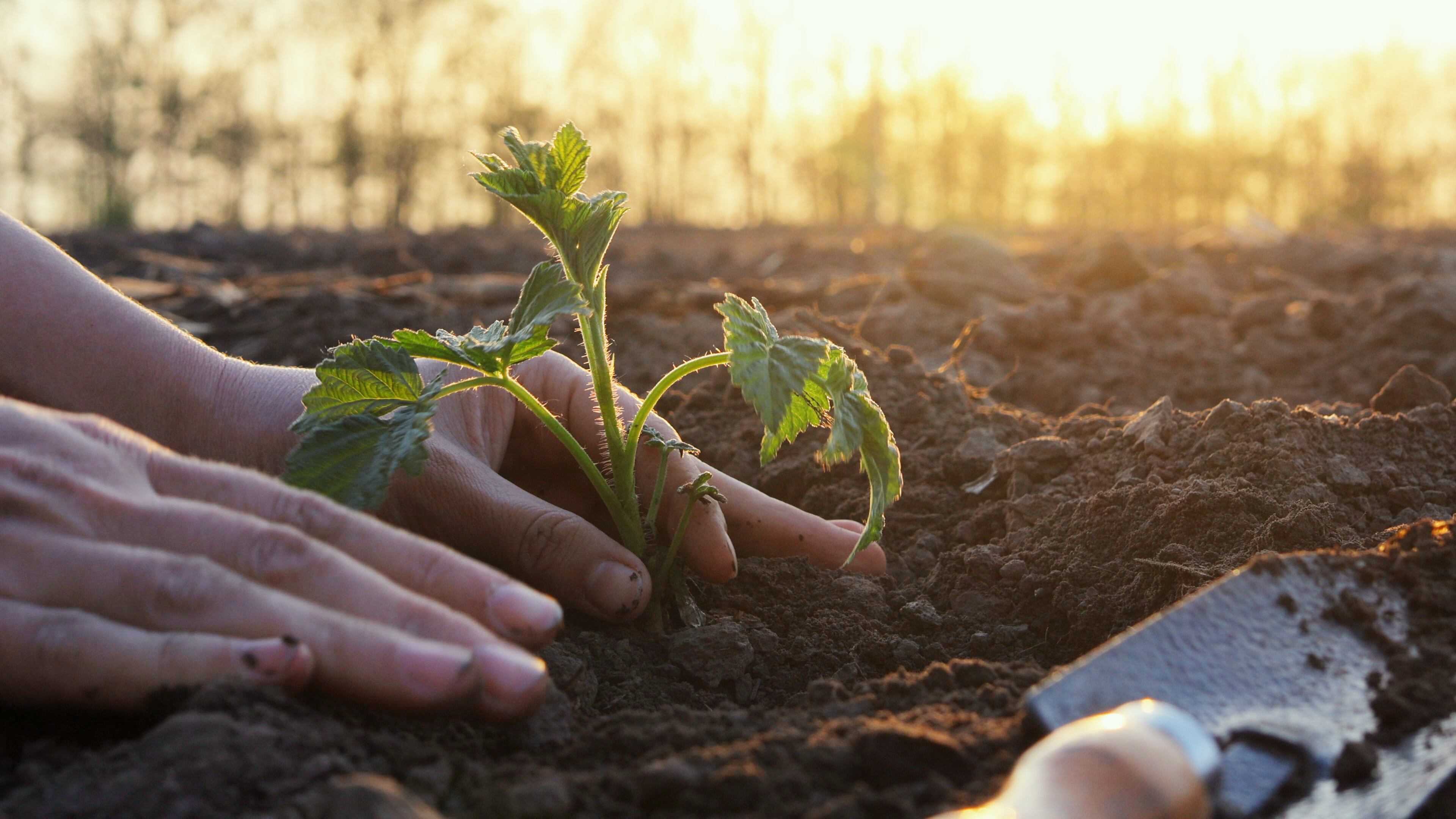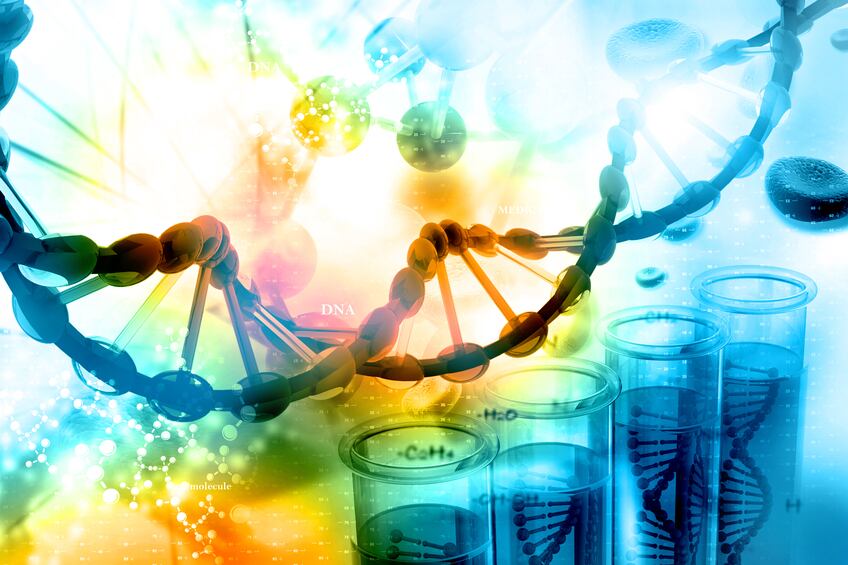Farmers are eager to innovate, adopt digital technologies, and improve sustainability, yet unstable regulations, complex bureaucracy, and unclear market demand continue to slow adoption, according to a panel at the recent Animal AgTech Innovation Summit.
Leaders from Deloitte, Vion Food Group, Topigs Norsvin, the EU Feed Manufacturers’ Federation (FEFAC), and the EU Commission explored what it will take to unleash this potential. Their conclusion: stable rules, supportive policies, and strong market incentives are critical to making livestock production more efficient, sustainable, and resilient.
Innovation is ready, adoption is lagging
Randy Jagt, Deloitte’s Future of Food Global Lead, set the stage with a stark question: Can we feed a growing global population with today’s farming methods? The answer, he said, is simple: absolutely not.
The key to transformation is innovation - doing more with less. Precision farming, sensors, AI monitoring, and advanced feed systems can make farmers more efficient, reduce emissions, and improve sustainability, remarked the Deloitte representative.
Yet adoption is lagging, he noted. While digital tools surged in agriculture from 2002 to 2020, the last four years have seen stagnation or decline. Livestock farmers, in particular, trail crop producers. A recent EU report points to two major obstacles: cost and financial insecurity, added Jagt in his introduction.
Regulation and stability matter
Tjarda Klimp, CEO of Vion Food Group, emphasized that regulatory uncertainty is a major barrier. “Farmers want to innovate, but rules often change with every political cycle,” she said.
She stressed the need for predictable, streamlined policies. Simplified administrative processes and stable rules are essential to give farmers confidence to adopt innovative technologies, she commented.
Brussels, remarked Ricard Ramon of the EU Commission’s DG Agri, has outlined a 2040 vision for the agri-food sector, anchored in three pillars: resilience - to allow farmers survive in a volatile environment; competitiveness - whereby simplified regulations should help businesses grow; and tailored approaches - to reflect regional differences in livestock production and environmental impact.
Market signals drive change
Dick Hordijk, CEO of Topigs Norsvin, highlighted the role of market demand at the Amsterdam summit.
“Farmers respond when consumers value sustainable, welfare-conscious products,” he said. “But people often pay more for smartphones than for sustainable meat,” illustrating a communication gap between producers and consumers.
Hordijk also stressed the need to bridge the gap between urban consumers and rural producers: policy alone cannot drive change if society does not understand or support sustainable practices.
Klimp added that retailers and supply chains are equally important. Without a level playing field, production shifts to countries with lower environmental standards, undermining European sustainability efforts. Collaboration across the sector is crucial to accelerate adoption and make innovation economically viable.
Reducing import dependence
Europe’s reliance on imported high-protein feed, particularly soybean meal, remains a structural vulnerability. Anton van den Brink, Deputy Secretary General of FEFAC, highlighted that Europe must expand local protein production.
He stressed that innovation in crop technology will be essential to reduce dependency, but the challenge goes beyond traditional feed. Europe is also heavily reliant on imports for synthetic amino acids and micronutrients, particularly from China, creating a broader vulnerability in the feed supply chain.
Ramon reported that the EU is working on a comprehensive protein strategy, bringing together multiple stakeholders to strengthen production, supply, and resilience across the continent.
Digital tools and circularity
Vion Food Group is already applying advanced technologies to improve efficiency and welfare. AI, cameras, blockchain, and farm data enable monitoring of animal health, precision feeding, and reduced CO2 footprints, said Klimp. Early results show some farms achieving pork carbon footprints comparable to tofu, demonstrating the potential of well-applied technology, she said.
But the central challenge remains: Who pays?
All the panelists agreed: transformation has costs. Farmers cannot shoulder them alone. Consumers, retailers, and policymakers must share responsibility to align economic incentives with environmental and welfare goals.





